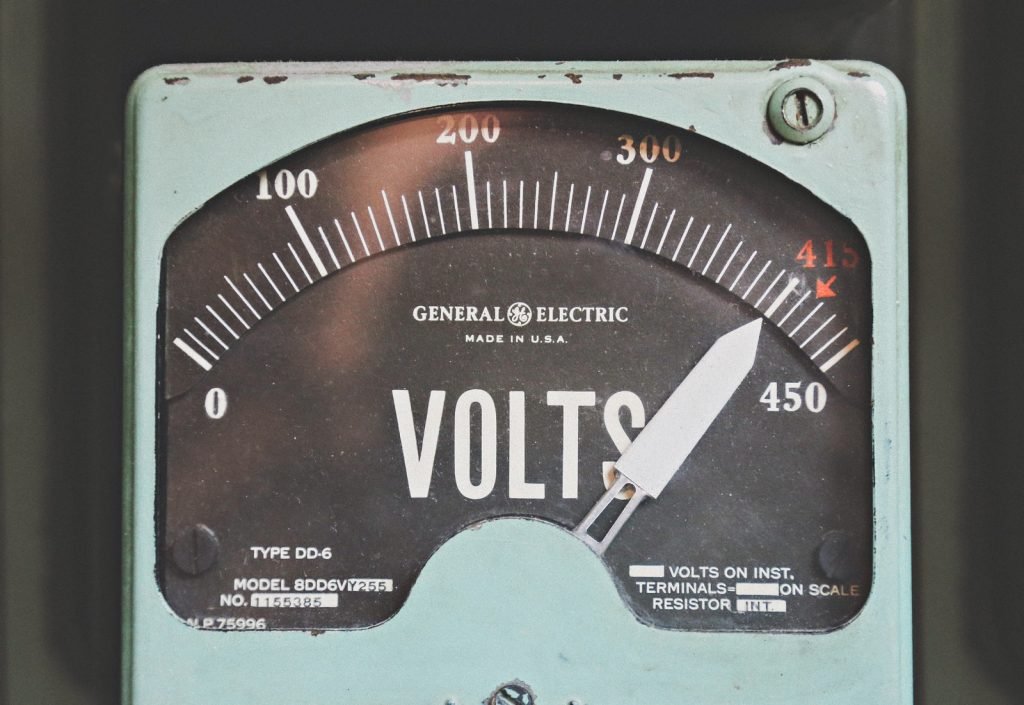
One of the main questions asked by consumers is how much electricity do wireless chargers use when they are not in active usage? In fact, the average travel charger will use less than 13 cents per year. The real cost of a travel charger is likely far lower than this. You’ll probably only use the charger when you need to use it, so the amount you spend on it is negligible. In addition to this, you should also look at how much electricity your other power drains.
The answer to that question depends on the type of charger you have. In general, wireless chargers use around one-half the energy of their normal mode. In addition to this, the charging pad consumes an additional four-four-watts of power when not in operation. The extra energy from the battery is a waste of money, and if you have more than one charger, you’ll end up paying more than that.
In addition to this, wireless chargers use additional power while they are not in operation. The magnetic energy is converted into heat when the phone is not in use. This process makes a wireless charger consume approximately 46 percent more electricity than the standard. In addition to this, the charging pad consumes extra power while the phone is not in the device. This waste of energy is significant, as wireless chargers account for nearly 10 percent of residential energy usage.
Depending on the type of charger you own, you can save electricity by removing it from the wall. An empty charger uses about 0.26 watts of electricity when not in active use. In contrast, a fully-loaded laptop charger consumes around 4.42 watts. When a laptop charger is inactive, it consumes four and a half watts of energy. At 10 cents per kWh, this means that your wireless chargers are costing you more than you might think.
There are two main types of chargers. Some of them are not very efficient and waste electricity. If your phone is not in active, then it is not using any energy at all. This type of charger uses more power than your phone. In this case, you should choose a charger that has a low power consumption. If you want to save electricity, you should buy an electric device that has an unloading feature.
The Pixel stand charger can be easily used when it is not in use. Its design eliminates the risk of vertical misalignment during charging. The average power consumption of a Pixel 4 while using a Pixel Stand charger is 39 percent higher than that of a standard cable. Both wireless chargers consume very little electricity while not in service. Nevertheless, they do use a small amount of power while not in use. The standby power draw was only six watts over a 24-hour period.
In addition to the battery, there are other devices that consume energy while you are not using them. For example, a wireless phone charger is not a good choice if you want to conserve energy and money. A device that doesn’t require charging when it’s not in use can use up to 44 watts of electricity. In the long run, a mobile device’s battery can consume up to 10% of its power while it’s not in operation.
As with any electrical device, wireless chargers need to be used wisely. If they’re not in continuous use, the battery could drain up to 100 watts of electricity each minute. Despite their lack of need, a mobile device that is plugged into a wireless charger will still consume about 20 watts of electricity each day. If you’re using it constantly, the energy they consume could be up to 20 percent.